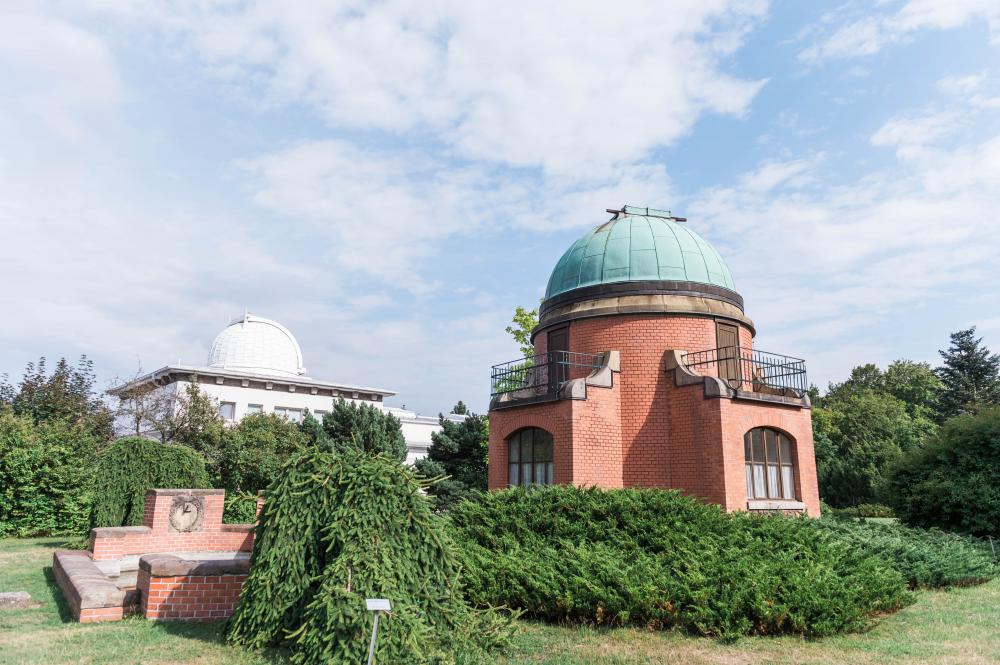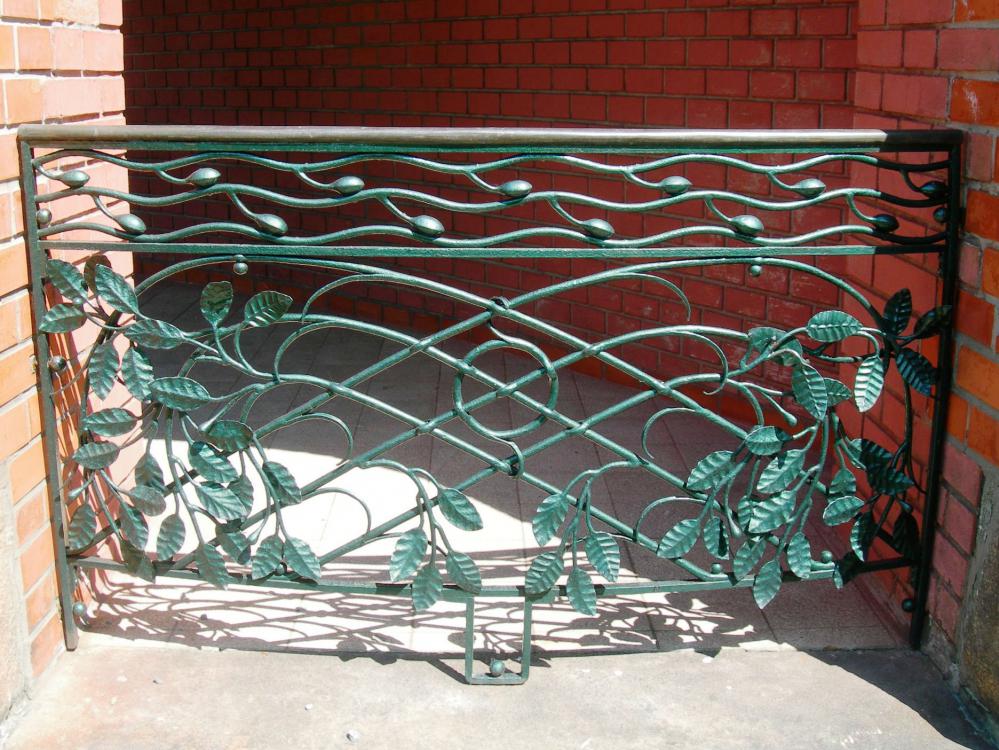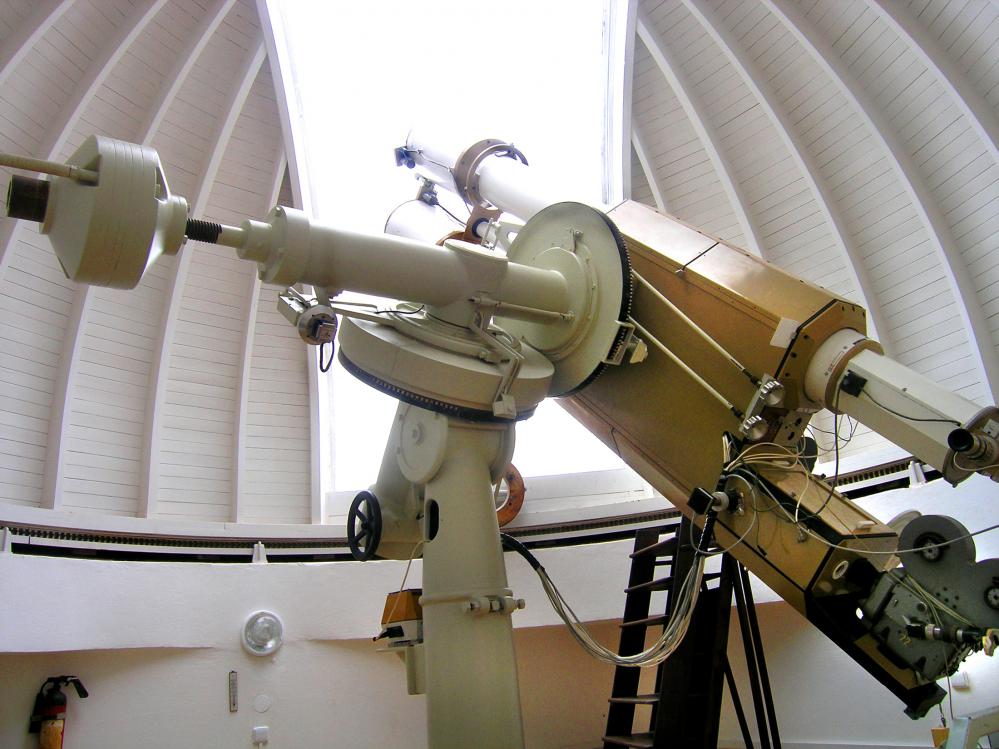
Category of Astronomical Heritage: tangible immovable
Ondřejov Observatory, Czech Republic

Description
Geographical position
Ondřejov Observatory (Hvězdárna Ondřejov),
Astronomický Ústav Akademie věd České republiky (AsÚ),
Fričova 298, 251 65 Ondřejov, Czech Republic
Location
Latitude 49°54’54,6’’ N, Longitude 14°46’51,6’’ E, Elevation 500m above mean sea level.
IAU observatory code
557
Description of (scientific/cultural/natural) heritage

Fig. 1a. Historic Western Dome (1908/12), Ondřejov Observatory (Wikipedia, CC2.5, Sokoljan, Packa)
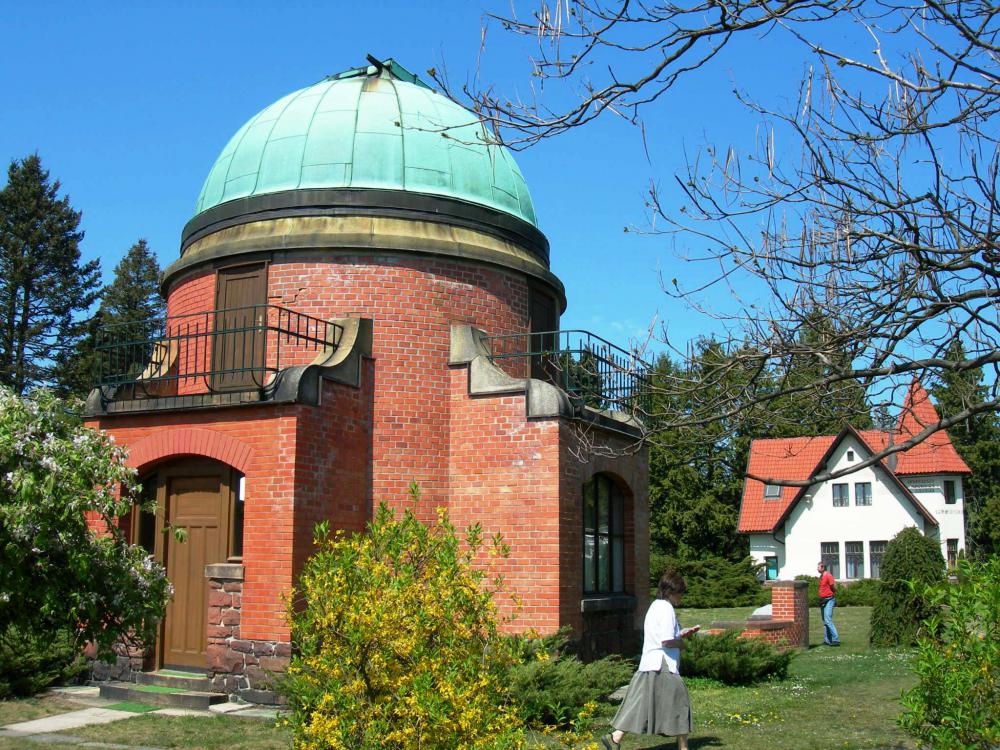
Fig. 1b. Central Dome (1908/12), Ondřejov Observatory (Wikipedia, CC3, Sokoljan)
The Ondřejov Observatory is the principal observatory of the Astronomical Institute (Astronomický ústav) of the Academy of Sciences of the Czech Republic. It is located near the village of Ondřejov, 35 kilometers southeast of Prague

Fig. 2a. Villa (1905) of Jan Josef Frič in Art Nouveau style by Josef Fanta, Ondřejov Observatory (Wikipedia, CC4, )

Fig. 2b. Ondřejov Observatory (Wikipedia, CC3, Packa)

Fig. 2c. Villa, Ondřejov Observatory (Wikipedia, CC3, Sokoljan)
In 1898, the industrialist and amateur astronomer Jan Josef Frič bought a piece of land on Manda Mountain in Ondřejov after the death of his brother Jan, where he wanted to build an observatory (1898--1925) -- in Art Nouveau style; the architect was Josef Fanta (1856--1954), professor at the Technical University of Prague from 1909 to 1922. The villa with laboratory and study rooms were inaugurated in 1905, two domes were built in 1908--1912.
The west dome housed a double astrograph, developed in 1895--1915 by Josef Frič and František Nušl, professor of astronomy at Prague university. In addition an astrometric instrument was constructed, called circumzenital, which gained international reputation.
The central dome was equipped with a telescope with a 8-inch objective lens made by Alvan Clark (1804--1887), Cambridge, Massachusetts -- from bequest of Vojtěch Safarík (1829--1902), observer of variable stars.

Fig. 3a. Central Dome (1908/12), Ondřejov Observatory (Wikipedia, CC3, Pavlína Jáchimová)
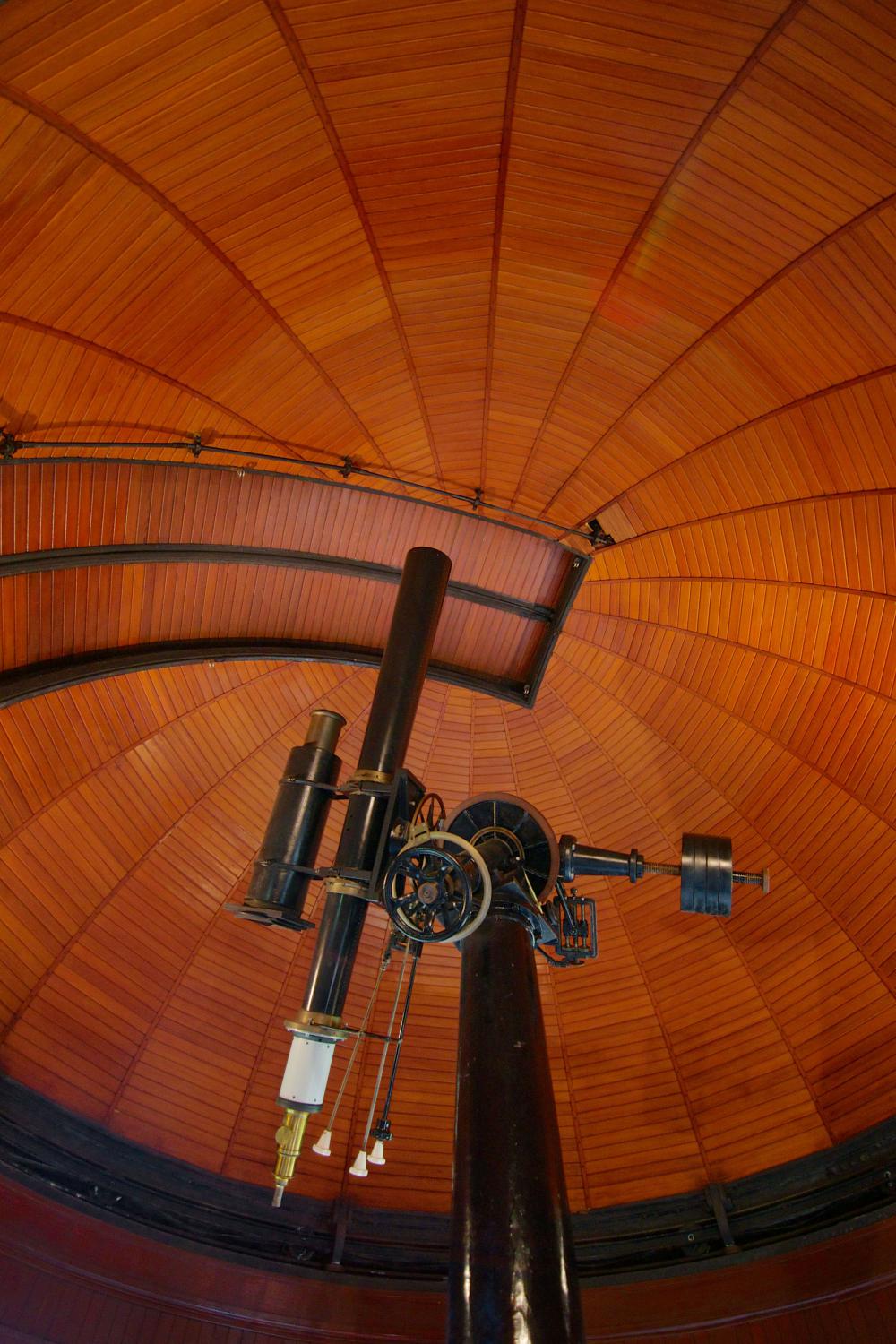
Fig. 3a. 8-inch-Refractor, Alvan Clark, Cambridge, Massachusetts (Wikipedia, CC4, Luká)
Nušl was director until WWII. Finally, Jan Josef Frič, owner and director of a factory producing optical and mechanical instruments, donated the observatory to the Czech government in 1928.
When the Academy of Sciences of the Czech Republic was founded in 1954, the old Clementinum Observatory was transferred and combined with the Ondřejov Observatory of Frič into one Astronomical Institute. The first director after the merging of the institutions was Bohumil Šternberk (1897--1983), 1954 to 1975.
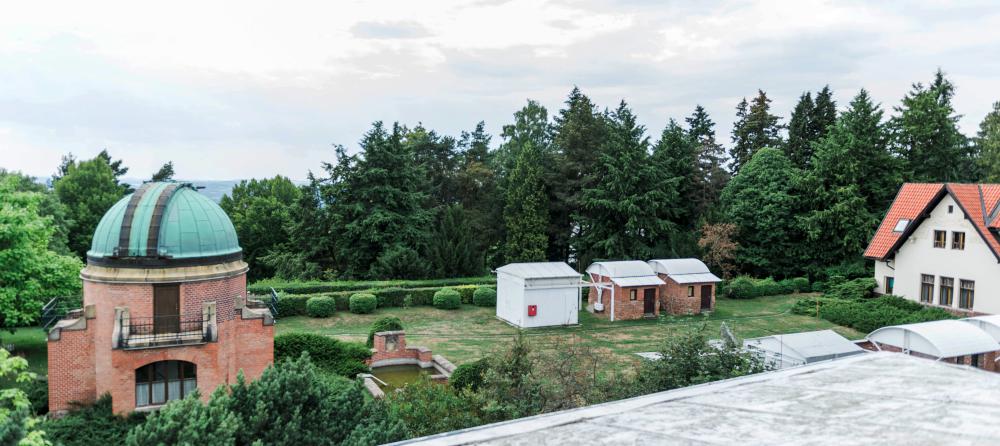
Fig. 4. Ondřejov Observatory, overview: central dome, solar physics buildings, villa (Wikipedia, CC3, Pavlína Jáchimová)
The Ondřejov Observatory was then expanded again and again. In 1967, a telescope with a diameter of 2m, the largest Czech optical telescope, and a cosmic laboratory building were put into operation in the early 1980s -- in a new campus.
The institute has several departments like solar physics research, stellar physics, interplanetary matter (asteroids, meteor physics), galaxies and planetary systems, dynamics of satellite movements, and a center for astrophysics.
Numerous asteroids were discovered by Ondřejov astronomers, and some were credited to "Ondrejov" by the "Minor Planet Center" during the years 1997 to 2008. The total number of numbered asteroids has increased to 712 asteroids.
History

Fig. 5. Ondřejov Observatory, Solar Physics Laboratory Building (Wikipedia, CC2.5, Packa)
Telescopes and Solar Physics Instruments of Ondřejov Observatory

Fig. 6. Small Dome of the 65-cm-Telescope (Wikipedia, CC4, Sergei Schmalz)
Ondřejov 65-cm-Telescope in a small dome

Fig. 7a. Solar Telescope in dome (Wikipedia, CC2.5, Packa)
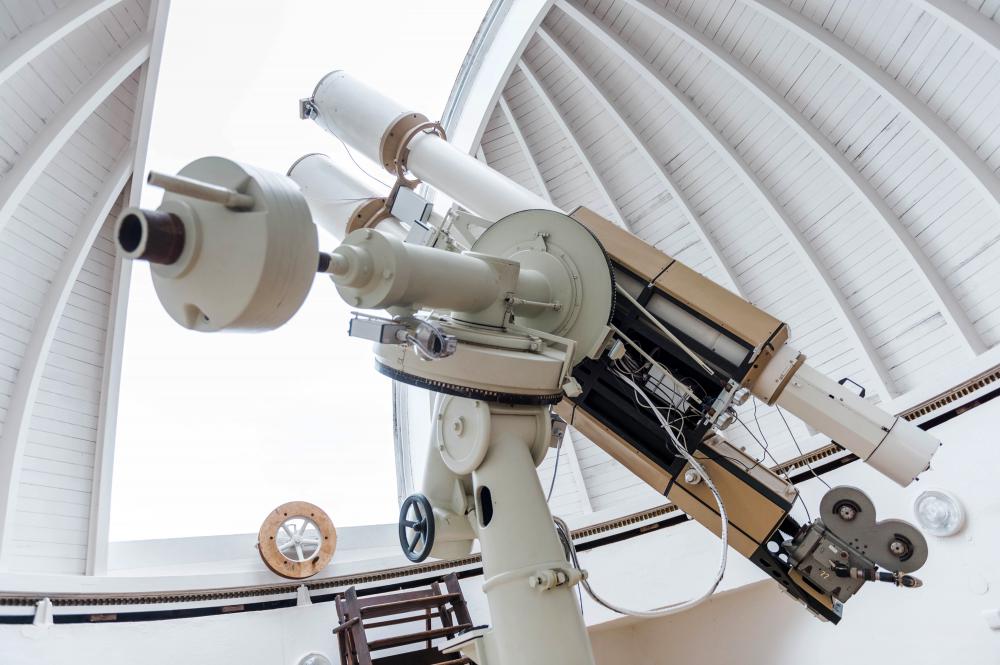
Fig. 7b. Solar Telescope (Wikipedia, CC3, Pavlína Jáchimová)
Double Solar Telescope (....) in the dome on the roof of the Astronomical Institute building -- for observing the Sun in white light and in the H-alpha line --
Solar Patrol (SP) service (Solar Activity Monitoring and Forecasting):
63/840 mm -- sunspot drawings
50/500 mm -- full disk of the Sun
205/2801 mm -- partial FOV
60/750 mm -- full disk
210/3430 mm -- partial FOV

Fig. 8a. Horizontal Solar Telescope (Wikipedia, CC2.5, Packa)

Fig. 8bc. Horizontal Solar Telescop HSFA 2 (2004) (Wikipedia, Astronomical Institute)

Fig. 8c. Solar Magnetograph (Astronomical Institute)

Fig. 8d. Solar Magnetograph (Wikipedia, CC3, Packa)

Fig. 8e. Solar Magnetograph (Astronomical Institute)
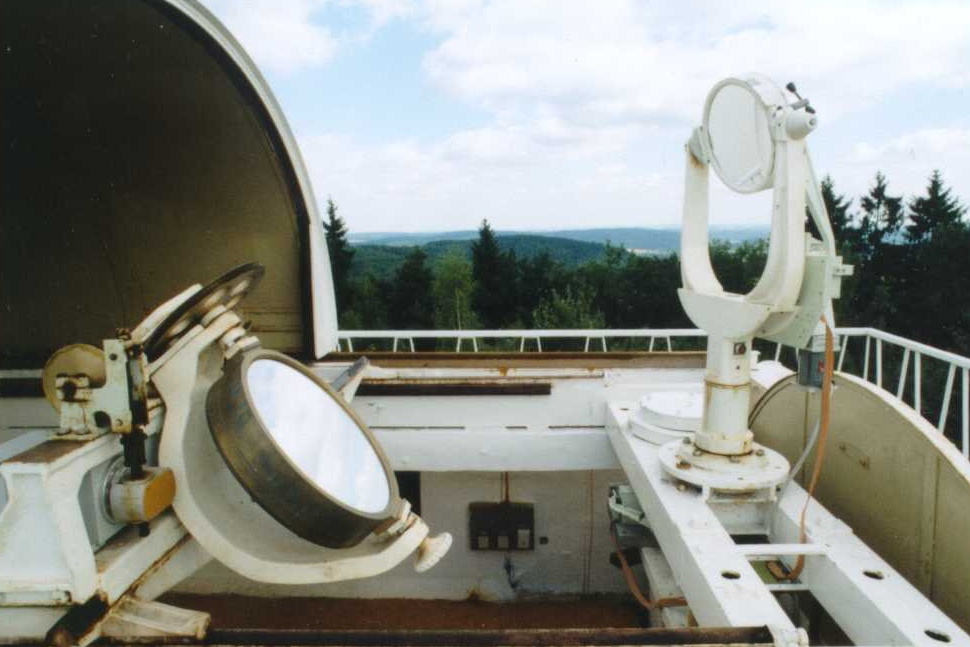
Fig. 8f. Coelostat of Multichannel Flare Spectrograph (MFS) (Astronomical Institute)

Fig. 8g. Multichannel Flare Spectrograph (MFS) (Astronomical Institute)
Two medium-size Horizontal Solar Telescopes (50/3500cm) (Horizontale Sonnenforschungsanlage - Horizontal Device for Solar Investigations) with large Czerny-Turner spectrographs HSFA1 and HSFA2, Carl Zeiss Jena (1980s), HSFA2 changed into a Multichannel Spectrograph, from photographic to CCD (updated in 2004)
Solar Optical Spectrograph (1958)
Solar Photoelectric Magnetograph I (1972)
Solar Photoelectric Magnetograph II (1990)
Multichannel Flare Spectrograph (MFS) for observing fast processes in the solar chromosphere like chromospheric flares (discovered in 1859 by Carrington) and active prominences (1958), Valníček et al., 1959).

Fig. 9. Fireball Camera (Wikipedia, CC2.5, Packa)
Fireball Camera
New Observatory Ondřejov

Fig. 10a. Dome of the 2-m-PCC Telescope (Wikipedia, CC4, Sergei Schmalz)

Fig. 10b. 2-m-PCC Telescope, Zeiss Jena (1967), (Wikipedia, CC2.5, Packa)
2-m-PCC Telescope, Alfred Jensch, VEB Carl Zeiss Jena (1967), inaugurated in 1967 during the XIII. IAU GA -- PCC: Primary Focus, Cassegrain and Coudé-Focus, used with a Single Order Spectrograph, Echelle Spectrograph or Photometric Camera. The spectra were first exposed on photographic plates (Hudec 2021) and from 1992, electronic detectors were used. From 1992 to 2000, a Reticon detector was used and since 2000, CCD chips.
BART -- Robotic Telescope with a wide-field CCD camera for observing the optical counterparts of GRBs, for monitoring other interesting sources such as supernovae, blazars, active galaxies, cataclysmic variabe stars.
10 inch Schmidt Telescope (D=254mm, f=1.6m), Meade, with CCD camera
New SST-1-m-Telescope (2021).
Near the solar radio telescope, two scientific instruments will be added - SST (Small-Sized Telescope) telescopes with a primary mirror diameter of 4.3m, which are also used at the Cherenkov Telescope Array (CTA) observatory.
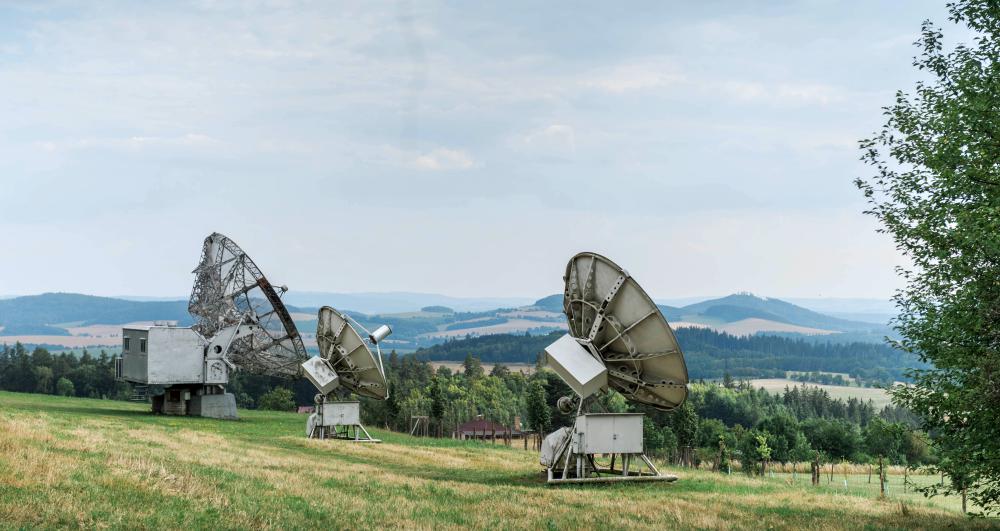
Fig. 11. Ondřejov Solar Radio Astronomy (Wikipedia, CC3, Pavlína Jáchimová)
Ondřejov Solar Radio Astronomy
RT3 - single frequency 3.00 GHz (10ms time resolution)
RT4 - spectrograph 2.0-5.0 GHz
RT5 - spectrograph 0.8-2.0 GHz

Fig. 12. 10m-solar-radio-telescope (Wikipedia, CC2.5, Astronomical Institute)
State of preservation
Ondřejov Observatory is in good condition.
Comparison with related/similar sites
Ondřejov Observatory is an astronomy park, which was the innovative typical layout since around 1900 like e.g. Nice , La Plata or Hamburg Observatories.
The Art Nouveau style of the early buildings is remarkable.
Only very few observatories exist in Art Nouveau style, besides this Ondřejov Observatory (1908), Czech Republic, one can mention also the Observatório Central da UFRGS (Instituto Astronômico e Meteorológico, IAM) in Porto Alegre, Rio Grande do Sul, Brazil (1908), the Pavillon Hirsch (1909/11) of Neuchâtel Observatory, Switzerland, and Fabra Observatory, Spain (1904).
Threats or potential threats
no threats
Present use

Fig. 13. 10m-solar-radio-telescope (Wikipedia, CC4, Sergei Schmalz)
Ondřejov Observatory is still used for observing the Sun and for radio astronomy.
It is open for visitors and an exhibition of instruments and history is presented.
Astronomical relevance today
The observatory is still doing cutting edge research as Institute of the Academy.
References
Bibliography (books and published articles)
- Horský, Zdeněk: Bohumil Šternberk. In: Quarterly Journal of the Royal Astronomical Society 25 (1984), Nr. 3, S. 379--380.
- Hudec, Rene: What can photographic plate archives contribute to modern astrophysics? In: Wolfschmidt, Gudrun & Susanne M. Hoffmann (ed.): Applied and Computational Historical Astronomy. Angewandte und computergestützte historische Astronomie. Proceedings of the Splinter Meeting in the Astronomische Gesellschaft, Sept. 25, 2020. Hamburg: tredition (Nuncius Hamburgensis; Band 55) 2021, p. 214--233.
- Hyklová, Petra: Research and education at astronomical institutes of the Czech and German universities in Prague in years 1882--1945. Astronomical Institute UK, dissertation, Supervisor: doc. RNDr. Martin Šolc, CSc. (2022).
- Kotrč, P.: The Modernized Horizontal Spectrograph at the Ondřejov Observatory. In: Central European Astrophysical Bulletin 3 (2009), p. 327-336 (2009CEAB...33..327K).
- Schmadel, Lutz D.: "(7204) Ondrejov". In: Dictionary of Minor Planet Names - (7204) Ondřejov. Berlin, Heidelberg: Springer 2007, p. 583 (doi:10.1007/978-3-540-29925-7_6350).
- Šolc, Martin: Prague and Ondřejov Observatory. In: Wolfschmidt 2009, p. 232--233.
- Valníček, B.; Letfus, V.; Bláha, M.; Švestka, Z. & Z. Seidl: The Flare Spectrograph at Ondřejov. In: Bulletin of the Astronomical Institue of Czechoslovakia 10 (1959), p. 149.
- Wolfschmidt, Gudrun & Martin Šolc (ed.): Astronomy in and around Prague. Proceedings of the Colloquium of the Working Group for the History of Astronomy in the framework of the scientific meeting of the Astronomische Gesellschaft (AG) in Prag, Monday, September 20, 2004, organized by Gudrun Wolfschmidt and Martin Šolc. Prague (Acta Universitatis Carolinae -- Mathematica et Physica, Vol. 46, Supplementum) 2005.
- Wolfschmidt, Gudrun (ed.): Cultural Heritage of Astronomical Observatories -- From Classical Astronomy to Modern Astrophysics. Proceedings of International ICOMOS Symposium in Hamburg, October 14--17, 2008. Berlin: hendrik Bäßler-Verlag (International Council on Monuments and Sites, Monuments and Sites XVIII) 2009.
Links to external sites
- Astronomický ústav Akademie ved Ceské republiky, History, About the Institute, History
- Numbered asteroids discovered at Ondřejov, Ondřejov Obsrevatory, Updated 2021 Jul 14.
- News from Ondřejov Photometric Program
- Lizcová, Zuzana: Josef Fanta: více než jen stavitel pražského Hlavního nádraží (Josef Fanta: more than just the builder of Prague’s main railway station), archiweb, 5.12.2006.
- The Solar Telescope Gallery - a new educational resource, 8 December 2020.
Links to external on-line pictures
No multimedia content published
Currently there is no multimedia content published for this case study














